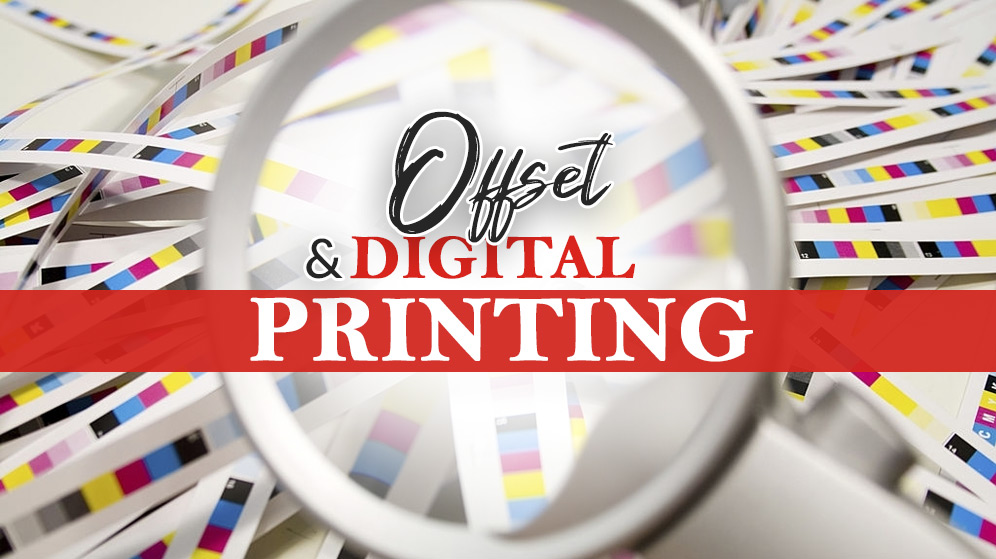
In the offset printing press technique, ink is transferred from a plate to a rubber roller and then onto a surface. It is also referred as offset lithography. Due to its high-quality and low cost, it is massively used for custom printed packaging boxes, magazines, and other products. The reason why it is called offset is that this printing technique includes transferring an image from an aluminum plate to a rubber blanket and then onto the printing surface. Initially, it was known as lithography because the word lithography means “printed from stone”. The plates were made from limestone rather than expensive aluminum.
The role of printing in the manufacturing of custom packaging boxes is quite involved. It includes the conversion of files to CMYK and the finalization of color scheme & plates that will run on the printing press. Computer-to-plate systems can generate more convincing and higher quality results rather than computer-to-film. Moreover, it is way more economical than other types of printing techniques.
Well! You might get confused about whether to use digital printing or offset printing for your custom printed packaging boxes? First, we will see what is the difference between offset printing and digital printing to answer our ambiguity.
However, each printing process has its own core pros and cons that one must know about before opting for any one of them
In a nutshell, offset printing takes time to create the plates and set up, etc., therefore it can’t be done at the last minute. Digital printing wins’ hands-down for last-minute work. On the other hand, larger print jobs are effectively done by using offset printing processes because offset printing is much more scalable in the long run.